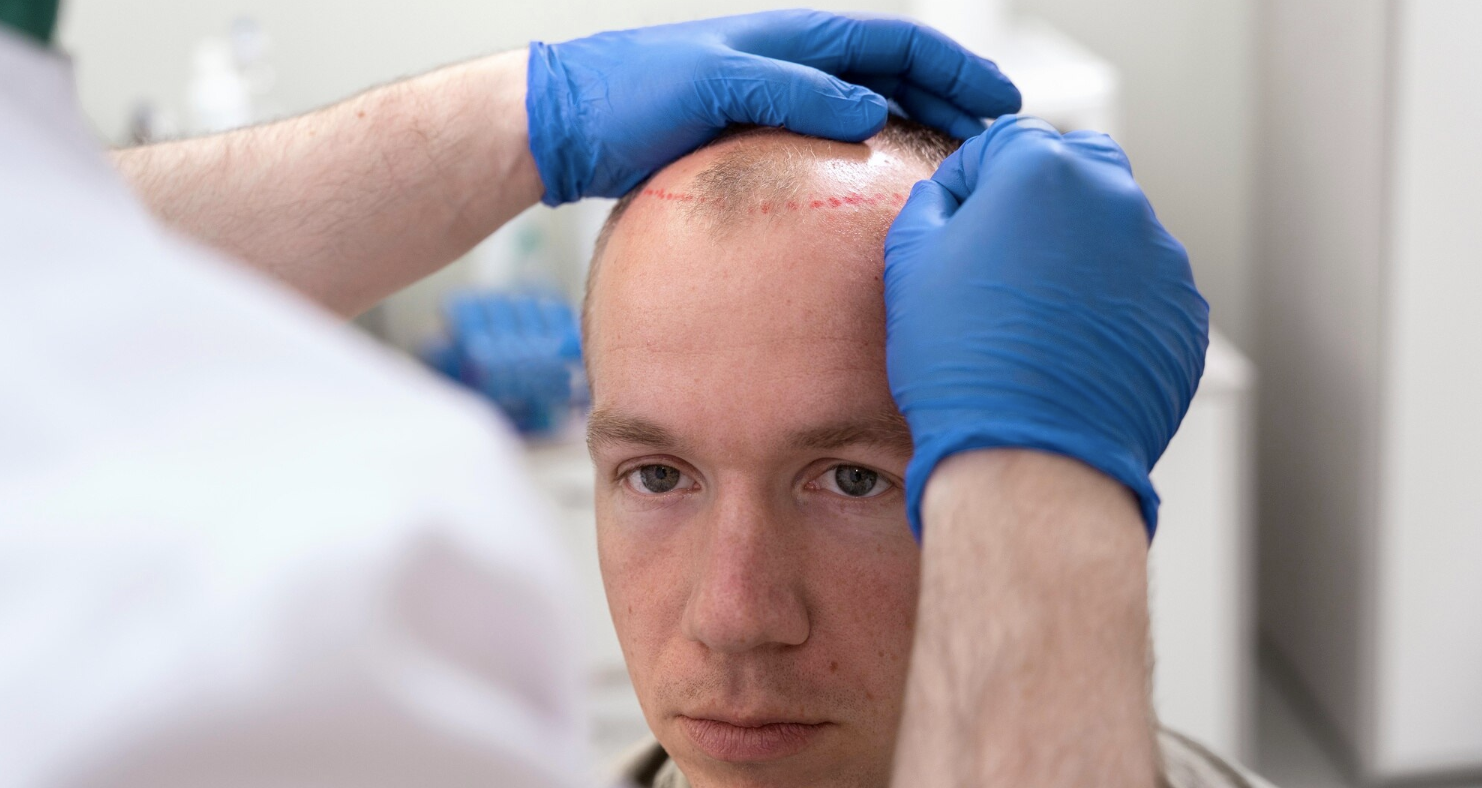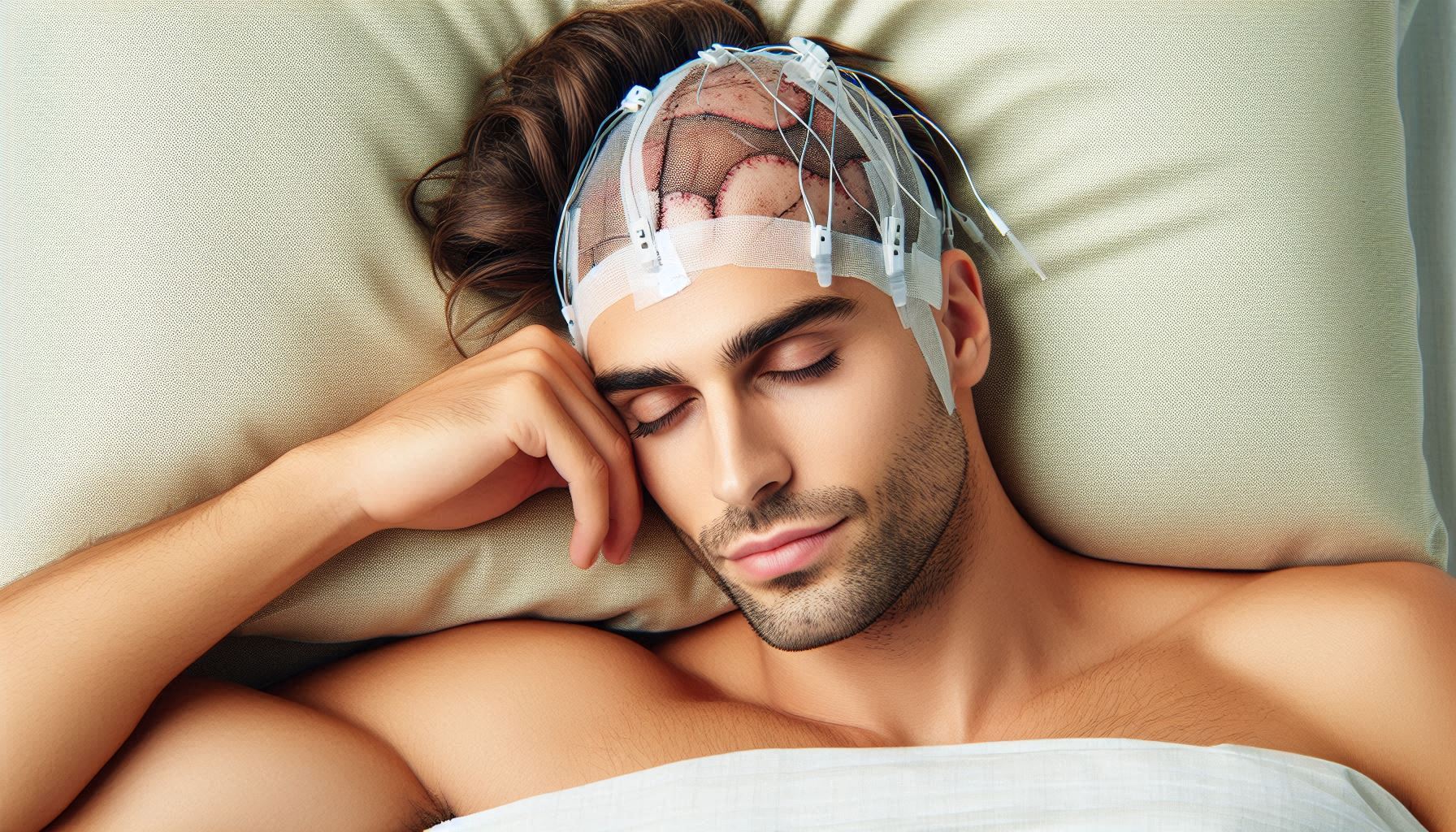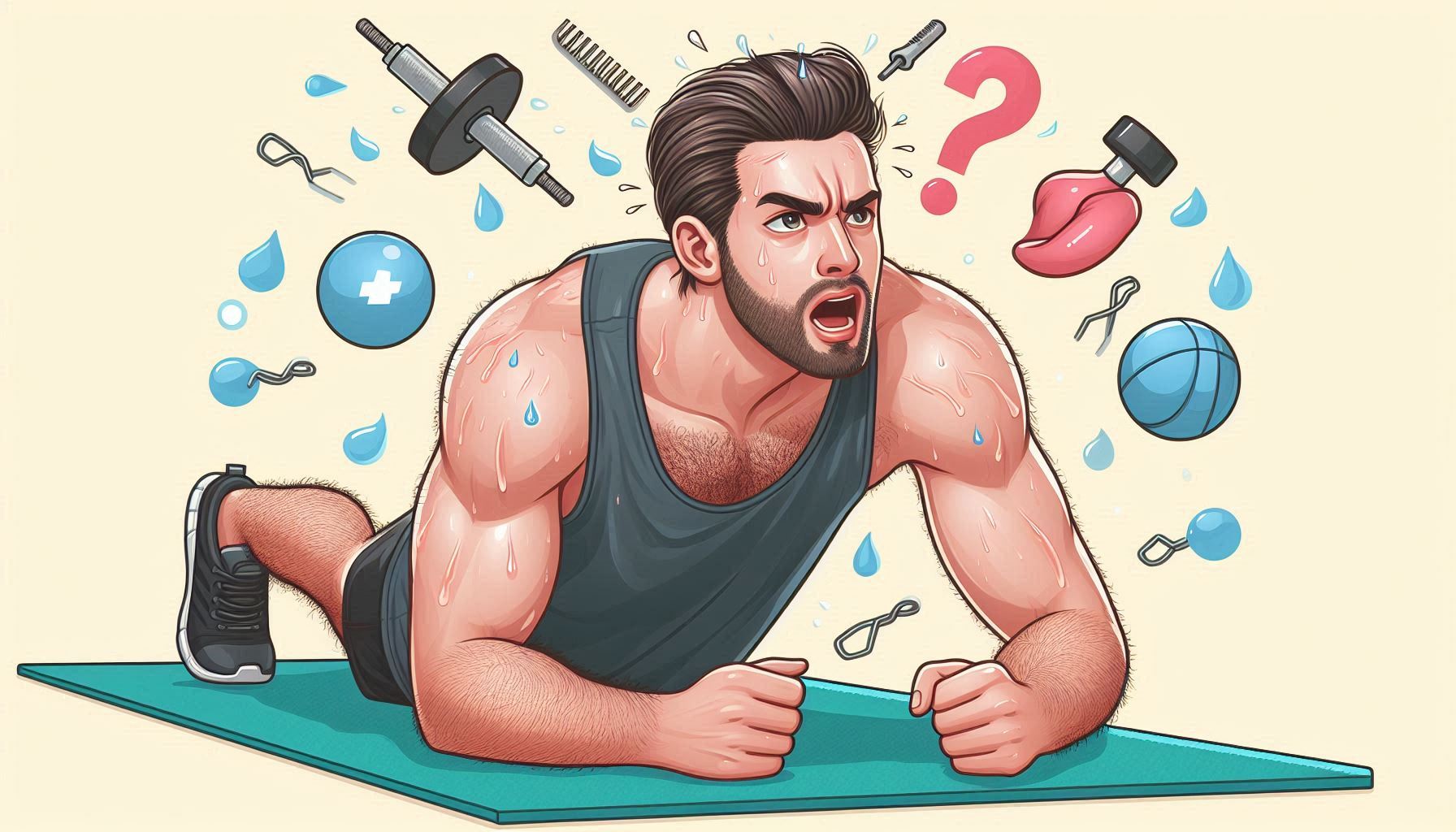
The Comprehensive Guide to Body Hair Transplant: Everything You Need to Know
Body hair transplant (BHT) is a revolutionary solution for individuals seeking to restore hair in areas where it’s thinning or has been lost due to genetics, aging, or other factors. This procedure involves transferring hair from one part of the body to another, providing an effective way to combat hair loss when traditional scalp hair is insufficient. In this article, we’ll dive deep into the details of body hair transplants, explore its benefits, process, and address some common questions to help you understand if this procedure is right for you.
What is Body Hair Transplant?
A body hair transplant (BHT) is a surgical procedure where hair follicles are extracted from various parts of the body (such as the chest, back, arms, or legs) and transplanted to areas where hair is thinning or completely lost. While scalp hair transplants are more common, BHT is an excellent alternative for individuals who may not have enough donor hair on their scalp to achieve their desired results.
Why Consider a Body Hair Transplant?
Several reasons might prompt someone to consider a body hair transplant:
- Limited Scalp Donor Hair: Some individuals may not have sufficient donor hair on their scalp due to extensive hair loss or previous hair transplants. In such cases, body hair can serve as an alternative source.
- Restoring Hair in Non-Scalp Areas: BHT is also used to restore hair in areas other than the scalp, such as the beard, chest, or eyebrows, especially when these areas have sparse or no hair.
- Achieving Density: For those who want a thicker, fuller look, body hair can be used to enhance the density of transplanted areas.
- Correcting Previous Transplants: In some cases, body hair transplants are used to correct or improve the results of previous hair transplant procedures.
How Does Body Hair Transplant Work?
Body hair transplant follows a similar process to traditional scalp hair transplant but with a few key differences due to the nature of body hair:
- Consultation: The first step is an in-depth consultation with a hair restoration specialist. During this consultation, the surgeon will assess your hair loss, determine the availability of body hair, and discuss your expectations.
- Donor Area Selection: The surgeon identifies suitable donor areas on the body. Common donor areas include the chest, back, arms, and legs. The choice of donor area depends on the characteristics of the body hair and the area to be transplanted.
- Extraction: The surgeon uses the Follicular Unit Extraction (FUE) technique to extract individual hair follicles from the donor area. This method involves using a small punch tool to remove hair follicles without causing significant scarring.
- Transplantation: The extracted hair follicles are then carefully transplanted to the recipient area. The placement of these follicles is critical to ensure a natural look and proper growth direction.
- Recovery: After the procedure, you will be given instructions on how to care for the transplanted area. Initial redness, swelling, and mild discomfort are common, but these symptoms typically subside within a few days.
Key Considerations for Body Hair Transplant
- Hair Characteristics: Body hair differs from scalp hair in texture, growth cycle, and appearance. It’s crucial to understand that body hair may not always match the characteristics of your scalp hair, which could affect the overall aesthetic outcome.
- Growth Cycle: Body hair has a different growth cycle compared to scalp hair, meaning it might not grow as long or as thick as scalp hair. This factor is essential when considering the final results of the transplant.
- Number of Grafts: The number of grafts required for a successful transplant depends on the extent of hair loss and the desired density. Body hair grafts are usually less dense, so more grafts might be needed to achieve the desired look.
- Post-Procedure Care: Following the surgeon’s aftercare instructions is crucial for the success of the transplant. Proper care ensures the survival of the transplanted follicles and promotes healthy hair growth.
Benefits of Body Hair Transplant
- Expands Donor Area Options: BHT provides an alternative source of hair follicles when scalp donor hair is insufficient, allowing for more extensive coverage.
- Versatility: BHT can be used to restore hair in various areas, including the beard, chest, and eyebrows, offering greater versatility in hair restoration.
- Natural Results: When performed by an experienced surgeon, BHT can produce natural-looking results that blend seamlessly with existing hair.
- Corrects Previous Transplants: BHT is an effective solution for enhancing or correcting the results of previous hair transplants, especially in cases where scalp donor hair is limited.
Common Myths about Body Hair Transplant
1. Body hair transplant is painful. While there may be some discomfort during and after the procedure, it is typically performed under local anesthesia, making it relatively painless.
2. Body hair won’t grow well on the scalp. While body hair may differ in texture and growth rate, it can still grow effectively when transplanted to the scalp, especially when handled by a skilled surgeon.
3. The scars from BHT are noticeable. The FUE technique used in BHT leaves minimal scarring, often invisible to the naked eye once healed.
FAQs about Body Hair Transplant
1. How long does a body hair transplant take?
The procedure can take anywhere from 6 to 12 hours, depending on the number of grafts required and the complexity of the case.
2. Is body hair transplant suitable for everyone?
Not everyone is an ideal candidate for BHT. A thorough consultation with a hair restoration specialist is necessary to determine suitability.
3. How long does it take to see results?
Initial results can be seen within 3-6 months, with full results typically visible after 12-18 months.
4. Will the transplanted hair continue to grow?
Yes, the transplanted body hair will continue to grow in its new location, although it may retain some of its original characteristics, such as texture and length.
5. How much does a body hair transplant cost?
The cost varies depending on factors such as the number of grafts, the surgeon’s expertise, and the clinic’s location. It’s best to get a detailed quote during your consultation.
6. Are there any risks associated with BHT?
As with any surgical procedure, there are risks involved, including infection, scarring, and graft failure. Choosing an experienced surgeon can minimize these risks.
7. How do I choose the right surgeon for BHT?
Look for a board-certified hair restoration specialist with experience in body hair transplants. Check patient reviews, before-and-after photos, and request a consultation.
8. Can BHT be combined with scalp hair transplant?
Yes, BHT can be combined with scalp hair transplants to achieve a fuller and more natural result, especially in cases of extensive hair loss.
9. What areas can body hair be transplanted to?
BHT can be used to restore hair on the scalp, beard, chest, eyebrows, and even in areas with scars or burns.
10. How long is the recovery period?
The recovery period is relatively short, with most patients returning to normal activities within a few days. Full healing may take a few weeks.
Conclusion
Body hair transplant is a versatile and effective solution for individuals facing hair loss, especially when scalp donor hair is limited. Whether you’re looking to restore hair on your scalp, beard, or other areas, BHT offers a promising alternative. With the right surgeon and proper care, you can achieve natural-looking results that enhance your appearance and boost your confidence.
If you’re considering body hair transplant or other hair restoration procedures, it’s crucial to consult with a reputable clinic specializing in these treatments. For expert advice and top-quality hair restoration services, consider visiting a specialist who can guide you through the process and help you achieve your desired results.




